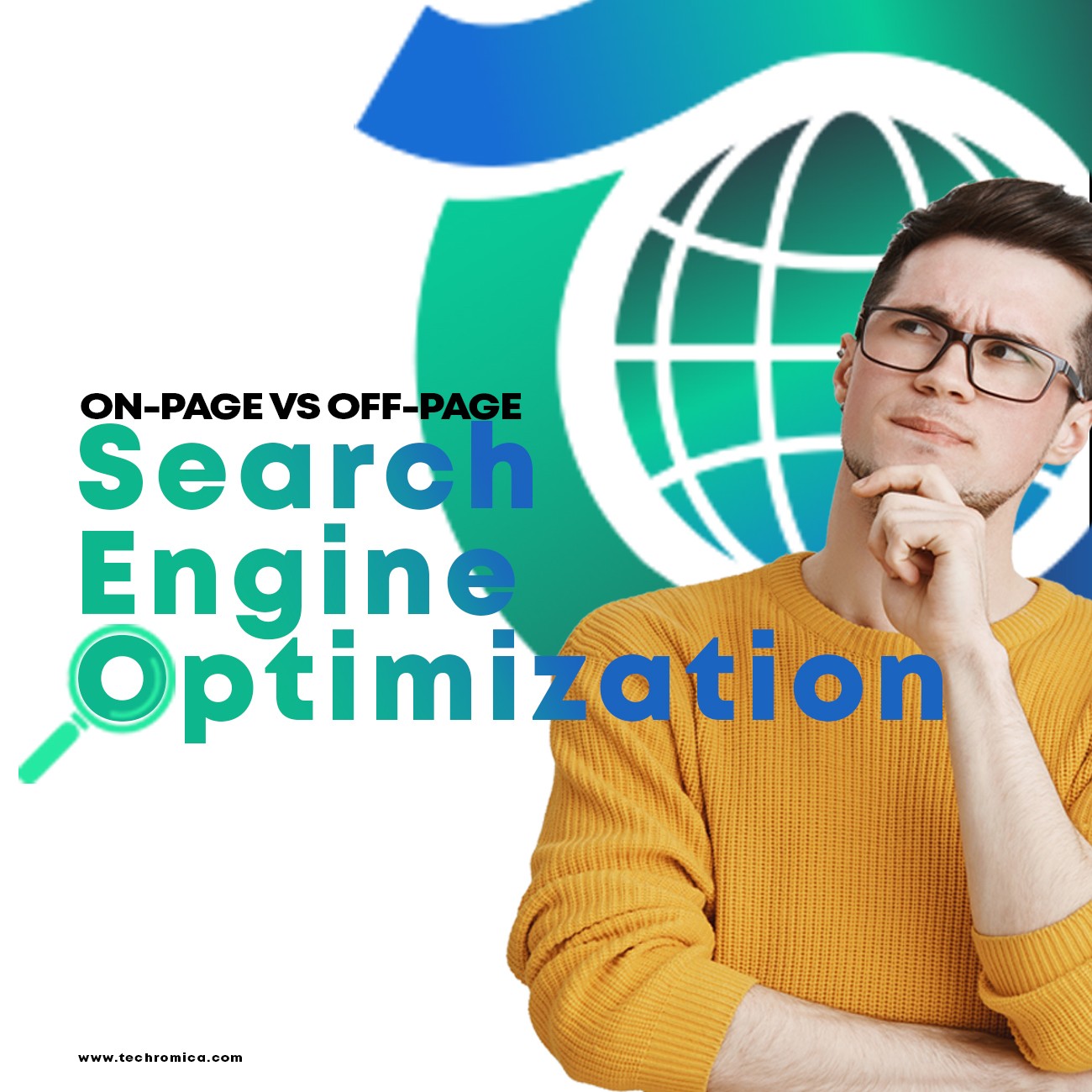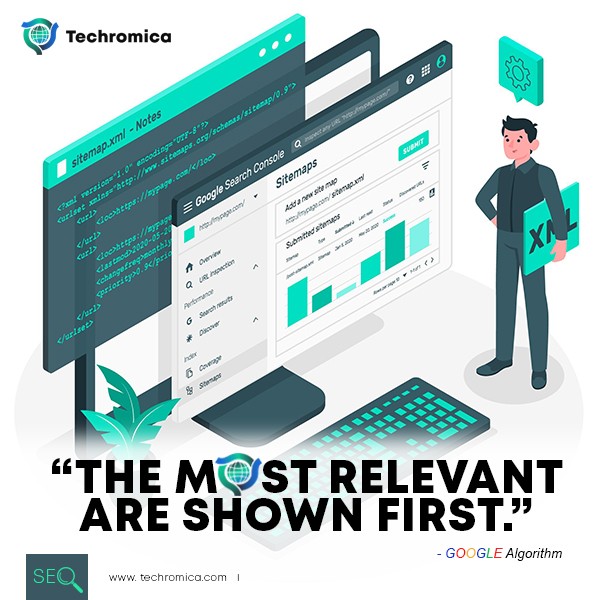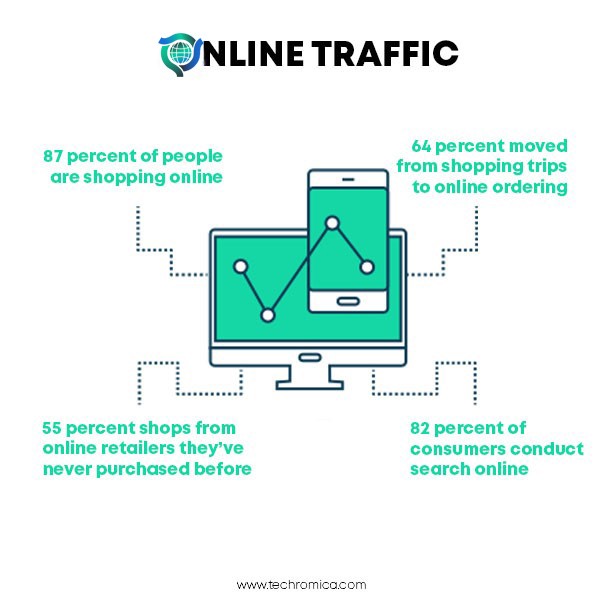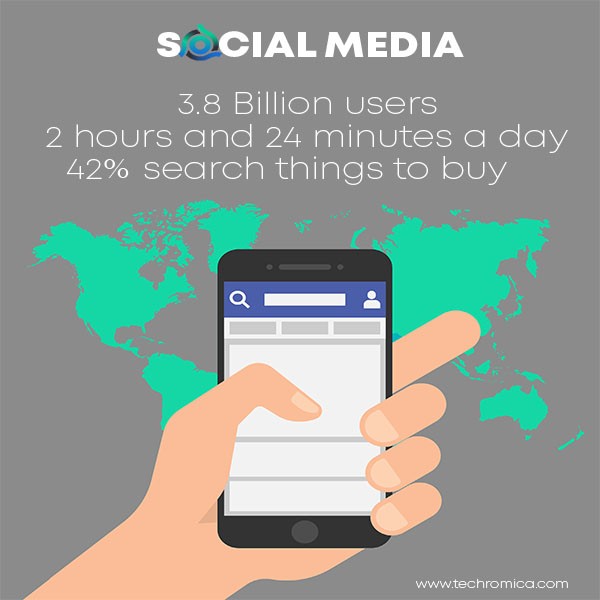
5 on-page SEO hacks you can copy to crush that website ranking
To increase website ranking, smart SEO practitioners acknowledge that on-page SEO have big impact in your website’s ability if optimized properly. 57% of marketing executives say on-page content development was the most effective SEO tactic. Salesforce explains that 72% of buyers start their purchasing journey on Google. To take advantage of this, you need to have a website that ranks in Google. We have summarized these on-page SEO techniques into 5 easy to follow guide to help you increase website ranking in no time.
- Build an impeccable website structure.
An optimized site architecture helps users and search engine crawlers easily find what they’re looking for a website. A good website structure enables index crawlers such as Googlebot to establish authority for your website, which can improve your Google ranking. A good website structure makes it easy for users to find what they need on your website. As such, keep your website structure simple to improve user experience.
If your website is packed with thousands of pages, use a sitemap. A sitemap contains all the URLs of your pages. Your website should carefully structure menus to help search engines crawl important content easily and users can find desired content fast. Use internal URL links to help users learn more about the topic you’re talking about and keep readers in your site. Internal links also increase the relevance of sub-pages contributing to over-all website SEO performance and overall SERP rankings.
-
Ensure high-quality content. Content is what users firstly see that’s why it’s important to the search engines. It takes about 50 milliseconds (that’s 0.05 seconds) for users to form an opinion about your website that determines whether they like your site or not, whether they’ll stay or leave. Put up content that drives traffic, these are interesting to read, well-written, enticing images and video presentations, infographics, among others. 57% of internet users say they won’t recommend a business with a poorly designed website on mobile, so that’s your queue.
Make sure that Title tags and meta descriptions are accurate and concise, they give the first impression to users and are major factors in helping search engines understand what your page is about and improve click-through-rates. Header tags and headlines should provide keyword-rich context about your website. Lastly, 88% of online consumers are less likely to return to a site after a bad experience, and you sure don’t want that.
-
Superior Technical Components. Make sure that your server speed is hyper-fast. Website load times are considered by search engines as part of the website ranking factors. Speeding up server response time is integral in on-page optimization. Ideally, your website should load within three seconds or two seconds for an ecommerce site. The two-to-three second mark is the turning point where bounce rates skyrocket – in fact, 40% of consumers will wait no more than three seconds before abandoning a site.
Your Source Code must efficiently contribute to your website’s improved performance. Unnecessary functions or code sections should be removed or other elements can be consolidated to make it easier for the Googlebot to index the site. Lastly, you should always have a unique IP address for each web project. This signals to Google and other search engines that the website is unique.
-
Make your site mobile friendly. 85% of adults think that a company’s website when viewed on a mobile device should be as good as or better than its desktop website. Your website should be packed with responsive web design so your content can be easily accessed and viewed on mobile devices like smartphones or tablet computers, especially that Google has made mobile responsiveness a major ranking factor in search results. It is a major factor in conversion rates, as 72% of mobile-device users said that it is important for website designs to be mobile-friendly. The study also revealed that 67% of users are more likely to buy a product or service from a mobile-responsive site.
-
Secure your website. In 2014, Google announced that HTTPS has become a ranking signal. The more secured your website is, your ranking improves. An unsecured website have implications in the click-through-rate, bounce rate, sales and credibility. According to research carried out by Hubspot, 82% of consumer surveyed stated that they would leave a website that is not secure. Looking at the 67% whole market share of Google, that’s a lot of potential customers to lose.
Search engines are becoming more and more sophisticated. To reach a bigger audience and get more organic traffic requires a great deal of website optimization. To clinch that number 1 spot in the search engine results pages is not impossible. We’ve only scratched the surface. Talk to the Techromican Experts on how we can make this journey easy and enjoyable for you.



